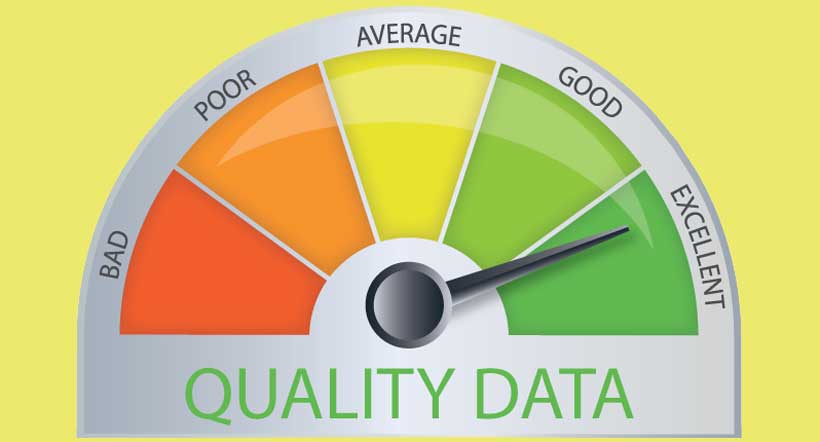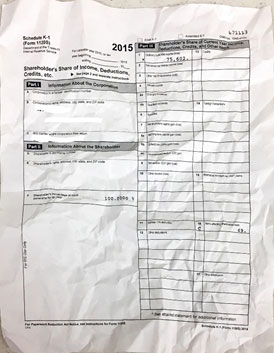
Data Integrity and Decision Making
Quality data matters. Important business decisions are routinely made based on data. So, accurate data or what’s commonly referred to as “data integrity” in the industry, can make all the difference in whether or not decisions are properly made or justified.
Whether you’re at a BPO organization processing data for other companies, or your company is processing its own data, data integrity can affect decisions made from downstream systems like back-end databases, ERPs, CRMs, etc. Some companies assign data owners to ensure governance over data quality, but others simply can’t afford that luxury.
So when it comes to “starting” with good data in the input stream, the capture process can help us to identify quality vs non-quality, and help to course-correct along the way:
- Consistent Quality Image and Workflow Methods. Starting with quality images and enforcing workflow capture methods that are as consistent as possible can go a long way to ensure data is correctly analyzed and captured. Best practices exist, such as ensuring images are high-contrast and either 200 or 300 DPI (if scanned from attachments), and can minimize the need for manual verification further along in the workflow process. There are some basic rules for capturing clean images.
- Do you employ the use of a mobile capture application that constricts the use by intelligently cropping the acquired image and applying pre-processing techniques?
- If you process faxed images – are you using high-quality scanners and scanning at the best-possible DPI settings?
- Do you have a process to separate those faxes that are improperly scaled beyond more than a certain percentage of the original pristine image?
- Understanding your data stream. Knowing which images in your production stream are “representative” of a pattern of poor quality, or rather, are just “outliers” is important to early issue mitigation. It really helps to understand the “why” of poor quality.
- Are you processing mobile-captured images without any attempts to do pre-processing?
For instance, take this example of a mobile captured image:

Advanced Image Pre-processing Techniques
Parascript’s advanced image pre-processing techniques can certainly apply image processing and optimization algorithms to smooth out crumples, and advanced registration attempts to align the image to a clean form template, in order to perform recognition. The advantage is in finding out whether this is a representative sample of your production stream, or a one-time or infrequent anomaly that could be sent to manual human verification to ensure the data integrity since the software could employ more advanced techniques knowing this information.
Mobile SDK for Capture
Luckily, Parascript also makes available a mobile SDK and application (in both Android and iOS versions) that can apply all the advanced pre-processing techniques to ensure even outlier poorer quality images are manipulated and corrected to get the best possible quality recognition. Our new SDKs pre-tune mobile captured images through automatic document detection, contrast, lighting and focus to ensure that those images captured via smart phones are fully optimized for further classification, separation and data extraction.
To read more about our new mobile SDK and other FormXtra capabilities, download the Parascript FormXtra Feature Guide.




